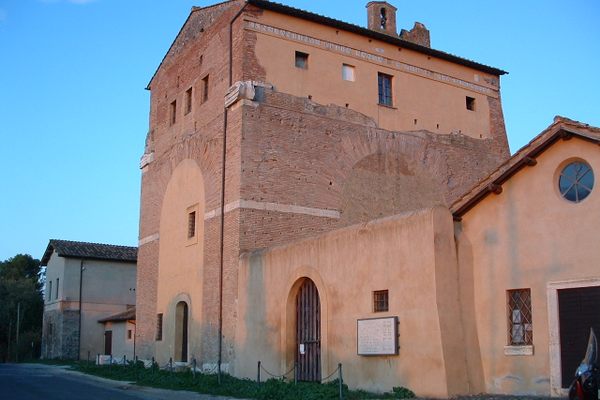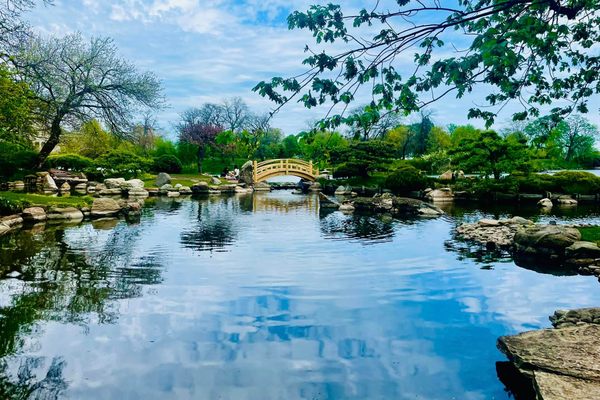Natural Monument of Galeria Antica
An Italian ghost town that fought obscurity, until a mysterious illness brought it to its knees.
Only ruins scattered into a thick forest of holms and maples are silent witnesses of the town’s intricate history.
Although there is some debate, the town was most likely founded by Etruscans as a military outpost called Careia, and slightly expanded during Roman rule. During the Germanic invasions, the town was abandoned for the first time, but it wouldn’t be the last.
Galeria was populated again in early middle ages, when Pope Adriano I and later Gregorio IV deemed it appropriate to reconsolidate the Northern Territories of the Pontifical State in 7th and 8th century, but Saracens made short work of the revived city during a raid just a few years later. The Orsini family started rebuilding in the 13 century, and Galeria slowly blossomed back into glory, enjoying being passed around the Italian Renaissance from family to noble family. Alas, misfortune would befall the grand city once more, this time suffering enduring tragedy that it would not recover from.
Falling under the property of the Sanseverino family, Galeria went into an irreversible decline. Mutated from a fortified settlement to agricultural area, the demographic ratio slowly but steadily decreased, until plague took its toll on the last fringes of the populace. During the second half of the 18th century inhabitants of Galeria started to die in a mysterious way, and only recent researches have identfied the cause – the malaria that were infesting areas of Agro Romano. In a macabre discovery, it was found that the survivors abandoned Galeria so quickly they left almost all of their belongings in their houses, as well as the bodies of those who succumbed to the malaria lying unburied. Corpses were still found on carts on their way to the cemetery.
Galeria was completely abandoned in 1809, and since then nature has taken back the streets and buildings, creating a suggestive scenario. It is now a natural park with a unique ecosystem of fauna and flora, where foxes and hedgehogs find shelter in the ruins and herons can find nourishment in the nearby Arrone river during their migrations.
Know Before You Go
Reaching this place could be tricky. From Osteria nuova along Via Braccianese, (SS493) Turn left in Via di Santa Maria di Galeria. After a couple of kilometers you should see a small settlement on your left. That is Santa Maria di Galeria, park the car there and proceed on foot (always along Via di Santa Maria di Galeria) until you see a dirt road beyond a gate on your right. Follow the path and after about 800 meters of walking you should enter a woodland area and eventually the ruins will be in your sight. Trains from Trastevere station can also take you to the town of Cesano, and from there bus lines can take you to Osteria Nuova.



















Follow us on Twitter to get the latest on the world's hidden wonders.
Like us on Facebook to get the latest on the world's hidden wonders.
Follow us on Twitter Like us on Facebook